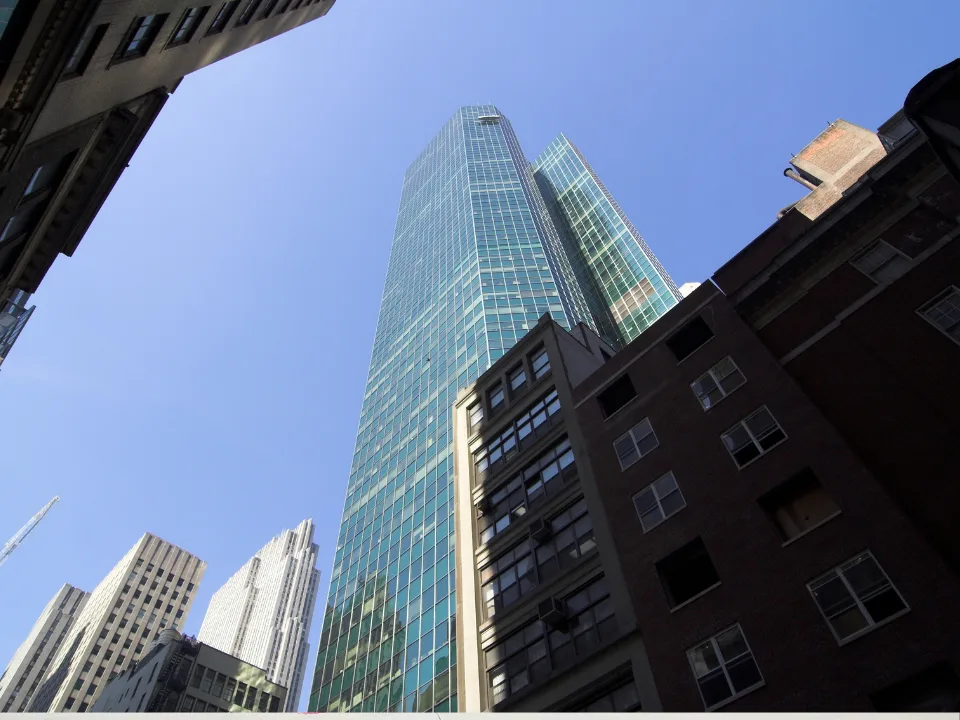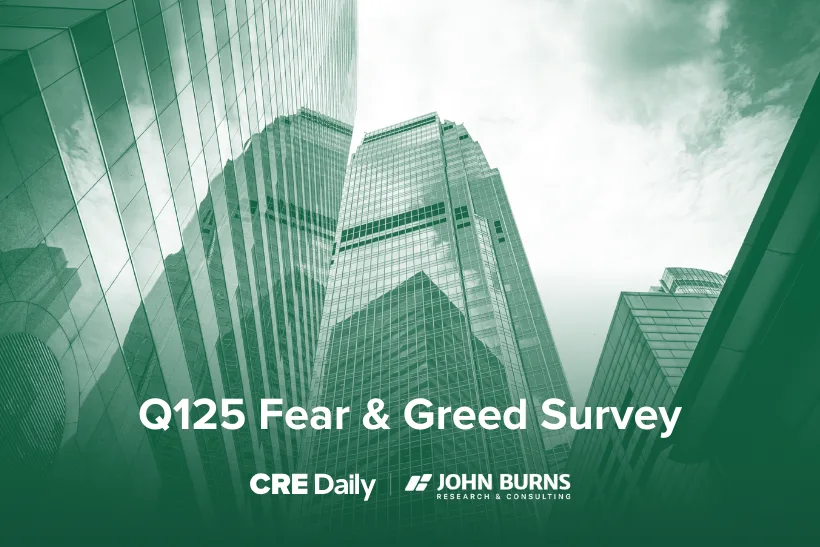- U.S. office values have dropped by $557B from 2019–2023, with central business districts suffering the biggest decline (-52%).
- Suburban and high-demand neighborhoods, like LA’s Century City, are thriving (84% higher rents), attracting investment while offering premium spaces.
- The disparity is widening as companies seek trophy properties in safer, amenity-rich areas outside traditional downtown cores.
The U.S. office market is facing a profound shift as central business districts continue to struggle with steep price declines while suburbs and urban core-adjacent neighborhoods show resilience, as reported in Bloomberg.
Tale of Two Markets
From Los Angeles to Boston, a stark divide is showing up between aging downtowns and newer, high-demand neighborhoods.
According to a recent analysis by MSCI Inc., the average value of office properties in U.S. central business districts has fallen 52% from its peak, leading to $557B in lost office property values from 2019–2023.
This office market turmoil is largely centered on older downtown buildings, which have been hit hard by the pandemic-driven shift in work habits. Once-vibrant business districts are now plagued by vacancies and plunging property values.
For example, downtown LA’s biggest commercial landlord, Brookfield Corp. (BN), just defaulted on $2.2B in mortgages, highlighting the challenges facing central business districts.
Conversely, suburban areas and other high-demand neighborhoods are thriving. LA’s Century City, known for its prestigious Avenue of the Stars, is attracting significant investment. Cranes are busy building a new 37-story tower that will house major tenants like Creative Artists Agency (CAA) and Sidley Austin.
Investor dollars continue to flow into these trophy properties, which charge rents up to 84% higher than older downtown buildings, according to CBRE Group Inc.
Flight to Quality
This growing divide between urban cores and outlying areas is driven by what CRE experts call a “flight to quality.” Companies are willing to pay top dollar for newer buildings in safe, amenity-rich neighborhoods that offer better access to parks, shopping, restaurants, and entertainment.
As a result, suburban areas like Century City in LA and the West Loop in Chicago are attracting more tenants, while older downtown properties struggle to compete.
In Chicago, for example, the East Loop—once a bustling center of business—is now grappling with record vacancies. By contrast, the West Loop, home to newer buildings and top-tier amenities, continues to attract companies.
Notably, BMO Financial Group recently relocated its Chicago headquarters to the West Loop, leaving behind older downtown office buildings that are now part of a redevelopment project.
Transforming Downtowns
While traditional central business districts are losing office tenants, they are finding new life in other ways.
In some cities, downtown areas are being reimagined for other uses, such as residential developments and educational institutions. Arizona State University and the University of California at LA are revitalizing old downtown buildings, bringing students and creative industries into the area.
The rise of outlier areas is also having a domino effect on industries traditionally centered in downtown cores.
The entertainment industry’s migration to Century City is bringing law firms and financial services along for the ride. Major firms like Skadden, Arps, Slate, Meagher & Flom, and Sidley Austin are reducing their downtown presence in favor of Century City, further accelerating the shift away from central business districts.
















